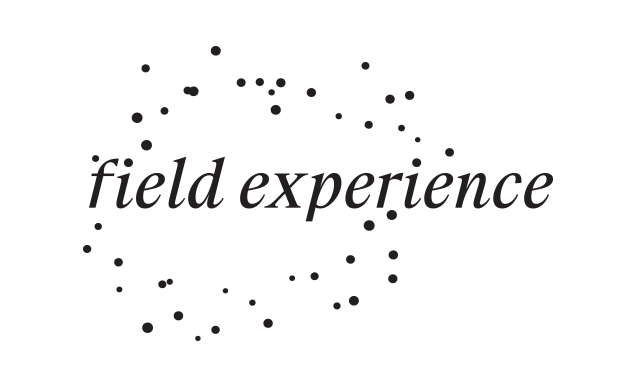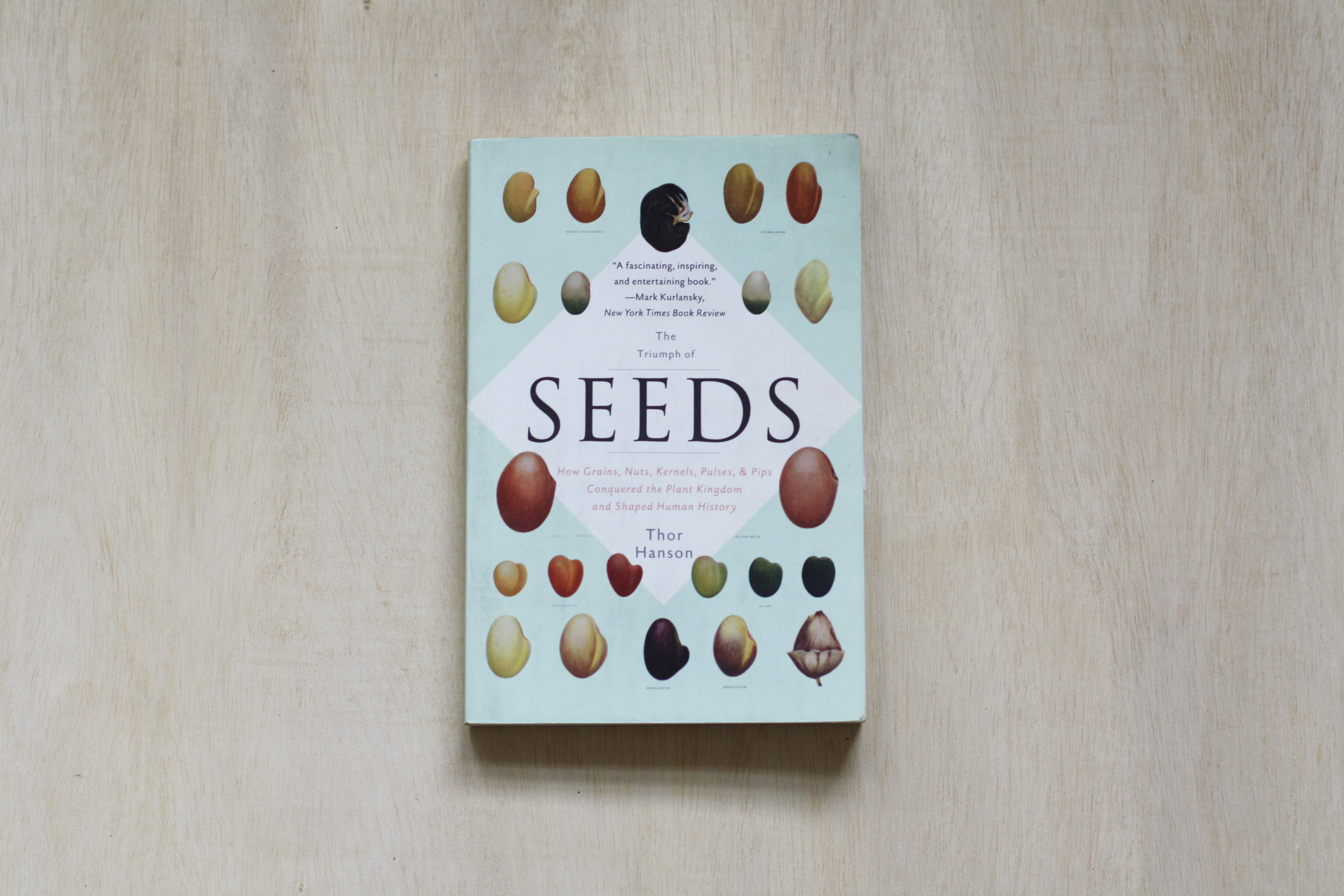Reading List
To accompany each program in the Twin Cities we will post at least two pieces of inspiration (mostly readings).The list will be finalized about a week before the program. Click on the photos to access the pieces.
Field Experience #11: Noticing (November)
In artist Jenny Odell’s piece, How to do Nothing (and in her book), she argues for remapping our attention from context flattening, dopamine rollercoaster inducing technologies toward our natural environment. If we are less distracted we can notice the plants and animals that surround us, and relearn our bioregion as community. (This image of a rose garden is by Odell and is part of her article).
In the first chapter of Outside Lies Magic, Beginnings, John Stilgoe sets the stage for the art of exploration and how and why to notice ordinary landscapes.
——————————
I also want to direct you toward an interview with the brilliant Robin Wall Kimmerer from the podcast On Being called The Intelligence in All Kinds of Life. She shares ideas about how to balance both indigenous and scientific ways of knowing about plants, and encourages us to see plants as beings beyond just physical elements of the ecosystem.
Field Experience #10: Fermentation Collaboration Part 2 (October)
In Meditation II on Taste by Brillat Savarin attempts a cohesive theory of the operations and sensations of taste. His book The Physiology of Taste was translated by MFK Fisher, and keep in mind it was written in 1825.
Learn about the Japanese poetic form, Haibun from Aimee Nezhukumatathil in her piece More than the Birds, Bees, and Trees: A Closer Look at Writing Haibun. Traditionally Haibun focuses on nature and landscape, but at our workshop, we will be turning its lens toward fermented foods and our sense of taste.
Field Experience #9: Fermentation Collaboration Part 1 (October)
Sandor Katz’s has been a leader in the fermentation movement and his book Wild Fermentation was revolutionary. In Chapter 2: Cultural Theory he offers a very brief and vast history of the human relationship to fermentation. This book offers a range of simple recipes for fermenting food at home. You can also watch one of his talks here.
————————————
For this event, we also want to direct you to Martha Rosler’s feminist piece The Semiotics of the Kitchen.
In Decolonize Your Diet: A Manifesto, Dr. Catriona Rueda Esquibel and Dr. Luz Calvo build an argument for food sovereignty. They specifically focus their argument on the Mexican community and how making a pot of beans as a revolutionary act. We are inspired by their manifesto and believe that fermentation is an essential part of food sovereignty. Fermentation allows us to preserve our harvest and have local nutrients during the cold seasons and fermented foods can restore the microbiome wrecked by the industrial food system.
Field Experience #8: Local Plant Dyeing (September)
The introduction to Harvesting Color briefly covers the history of North American natural dyeing (which has not been well documented in part because of the fragile nature of textiles) and sets the stage for what it means to gather color from nature. Our teacher Maddy, recommends this book as an entry point into natural dyeing.
In the Secret Lives of Color, Kasia St. Clair expands our thinking about color to extend beyond something aesthetic or cognitive and shares rich cultural and political stories about their associations. We are reading Yellow because it is the color of so many plants this season, and it has a very intersting past.
Field Experience #7: Phytogeography (August)
Ursula Le Guin’s short story The Author of Acacia Seeds (from the book The Compass Rose) is a mythical satire exploring secret non-human languages, and reminding us that humans are not the center of the world. MK Smaby has posed these questions: How might we “read” wheat? Can we parse 10,000 years of its infrastructure as a sort of vegetable lyricism? What is wheat’s art form? Its agency?
Chapter 1 from Ingrained: A Human Bio-geography of Wheat by Lesley Head, Jennifer Atchison, and Alison Gates will open your eyes to how central wheat is to our culture (spoiler: it’s not just in your food). In this chapter they lay the foundation for their arguments about both the global dominance and daily invisibility of wheat.
Field Experience #6: Impermanence (July)
In A Flower with Love, Bruno Munari offers ideas on how to make simple, humble, and beautiful arrangements. He also recommends using a potato as a base (which we will do at the event).
Two audio recordings about Letting Go from a Buddhist perspective. One is by Ven. Chung Ohun Lee the other by Gil Fronsdal.
Field Experience #5: Forest Bathing (June)
Our Forest Bathing guide has recommended two readings. First is an article summarizing Forest Bathing and the healing properties of nature. Second is the article Listening to Silence.
The chapter “It Goes on like a Forest” from the book The Word for World is Still Forest addresses the consequences of the modernist perspectives on forests. Reading it led me to ask the question: How is our relationship to the forest changing?
Field Experience #4: Ramps (May)
This program was inspired in part by German Forest schools where children play freely in the forest. The schools value learning through physical and emotional connections to nature rather than information taught separately from the experience. This video shares the story from a school in Berlin (sorry about the advertisement!). Also check out the T Magazine article, Running Free in Germany’s Outdoor Preschools.
From Robin Wall Kimmerer’s book Braiding Sweetgrass the chapter Mishkos Kenomagwen: The Teachings of Grass. While it focuses on sweetgrass, the larger ideas and lessons apply to ramps (and all plants we take from nature). I also highly recommend reading this book- she presents beautiful arguments about multiple ways of knowing.
Field Experience #3: Propagate: A Plant Clipping Exchange (April)
A note about this month’s reading selections: It was challenging to find the right set of readings for this program. Most of the literature about plant clippings (and house plants) exist in two categories: 1) instructional (which are quite useful) and 2) the history of science (which are masculine histories of scientific power). What is not reflected in the literature is how the history of house plants is deeply rooted in both a colonial history and women’s history. The practice of keeping plants in the home emerged from the rise of botanical gardens, and most of the literature about these gardens focuses on science with some discussions of the colonial power that comes with having “the world in your garden.” In addition to the scientific practices of propagating plants, the rise of house plants was due to (middle class white) women who were sharing and experimenting with growing plants.
The scientific point of view skips over these details likely because of the long standing perception that women’s work is considered unscientific and therefore unimportant. I cannot find great examples of writing with arguments that women were also doing scientific work through intuitive experiments in the home and that they were developing new forms of aesthetic and creative practice through botany and horticulture. The reading included here from Once Upon a Windowsill captures part of this story, but it was written in 1988 and takes a very pro-Victorian era, pro-white middle class stance without acknowledging the roots of power structures and colonialism. I’d love to see a feminist book that explores the historical development of house plants through women’s contributions to both science and creativity, while acknowledging the ways they benefited from colonial power. If you know of such a book (or article, dissertation, lecture), please let me know. Or maybe you’d be up for writing something?
Finally, many excellent books address the colonial history of botanical gardens and plants. Two are Botanical Drift and Plants and Empire.
Field Experience #2: Dormancy Walk (March)
Field Experience #1: Plant Sounds and Listening (February)





















